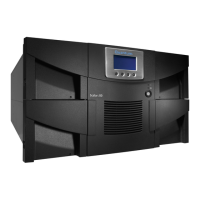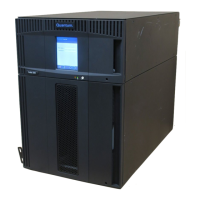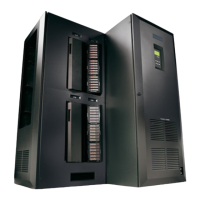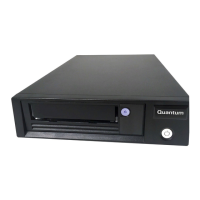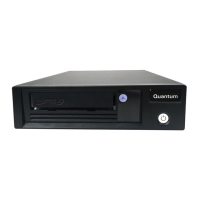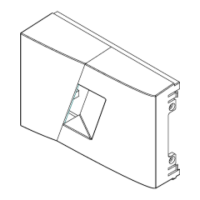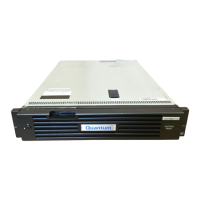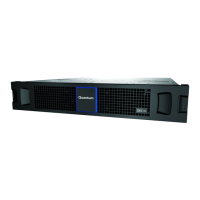Scalar i2000 Installation Guide 233
Adding Drives to an Existing Installation
The instructions in this section assume that you are adding optional drives to an existing installation.
• If you are installing drives in a new library, see the instructions in Installing Drives and Blades
on
page 97.
• If you are adding drives to an existing library, you must remove storage magazines and drive plates
to gain access to the drive positions. You must also modify the partition to accommodate the
changes to storage and drives. Adding Drives to an Existing Installation
on page 233.
• If you are removing and replacing failed drives in an existing library, see the Scalar i2000/i6000
Maintenance Guide.
If you are installing drives in expansion modules that have been added to an existing library you may need
to replace all of the LBX cards in all modules as well as the LBX terminator with new versions that support
the new configuration. For information on the LBX board and terminator versions, see LBX Board and
Terminator on page 345. For information on replacing the LBX board and terminator, see "Removing and
Replacing Satellite Boards" in the Scalar i2000/i6000 Maintenance Guide
If you are adding drives in an expansion module that has never contained drives, you must add a power
supply to the expansion module. See Adding a Power Supply Chassis
on page 240.
If you plan to connect drives to FC I/O blades in the I/O management unit, remember that each FC I/O blade
supports up to 4 drives and that you may need to add FC I/O blades and CMBs. See Adding an I/O
Management Unit on page 247, Adding Blades to the I/O Management Unit on page 257, and Installing a
Control Management Blade on page 259.
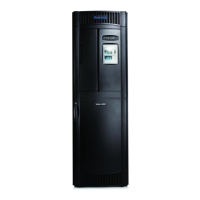
